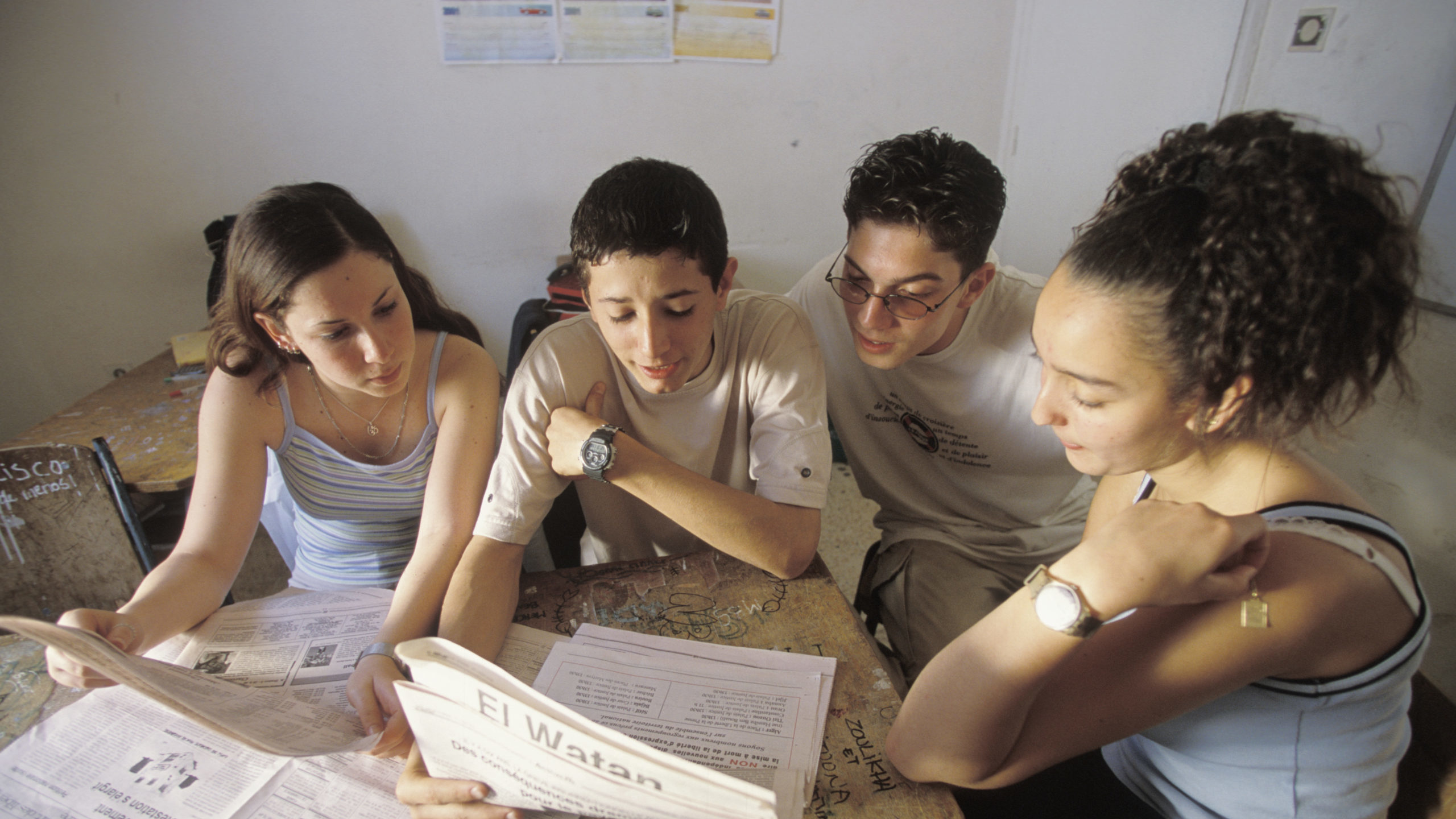resource
The goal of this study is to learn how new types of children’s associations around the world are organising themselves and how their organisational structures reflect contemporary understandings of children’s capacities as citizens. The purpose is to identify different types and qualities of participatory children’s associations and how each affords opportunities for children to exercise their right to freedom of association, develop capacities for self-governance in groups, and promote the principles of inclusion (non-discrimination) and equity (fairness).
To this end, the author documents and analyses diagrams of organisational structures that members of different children’s associations created during the Article 15 Project capacity-building workshops around the world, which were coordinated in collaboration with child-centred community development agencies. The author supplements this analysis with data from their own observations of how participants created their diagrams, as well as participants’ video-recorded explanations of their diagrams, which they collected as a workshop facilitator.
One outcome of this research is a typology of the organisational structures of new types of children’s associations that can inform future research on the potential for children’s associations to support children’s capacities to participate in the governance of issues affecting their lives. Another outcome of this research is a list of strategies different children’s associations use to become more inclusive and equitable in regard to age, gender, and other social demographics. This list of strategies may be of interest to current members of children’s associations and adults who support them. The findings also respond to the need for scholarship in childhood studies to develop theoretical frameworks that transform conceptual dichotomies in the study of children, such as childhood as a state of being versus becoming, into spectrums that attend to the complexities and interplay of such oppositions.






